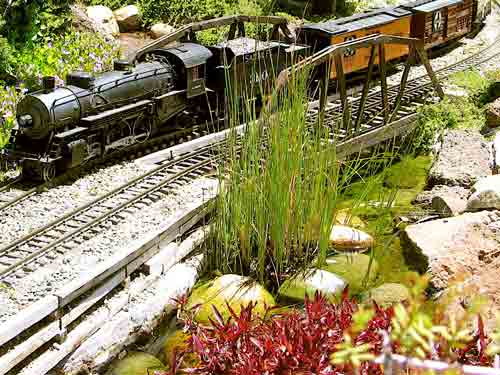
Water plants for the garden railway Ah, summer! It’s hot enough for iced tea and watermelon. You’re sitting by your little pond, enjoying the rhythmic chimes of rushing water from your railway’s beautiful falls. Through the haze your eyes rest on a serene lake; you’re imagining that anticipated fishing trip. Mountains reflected in cool, clear […]
Read More…
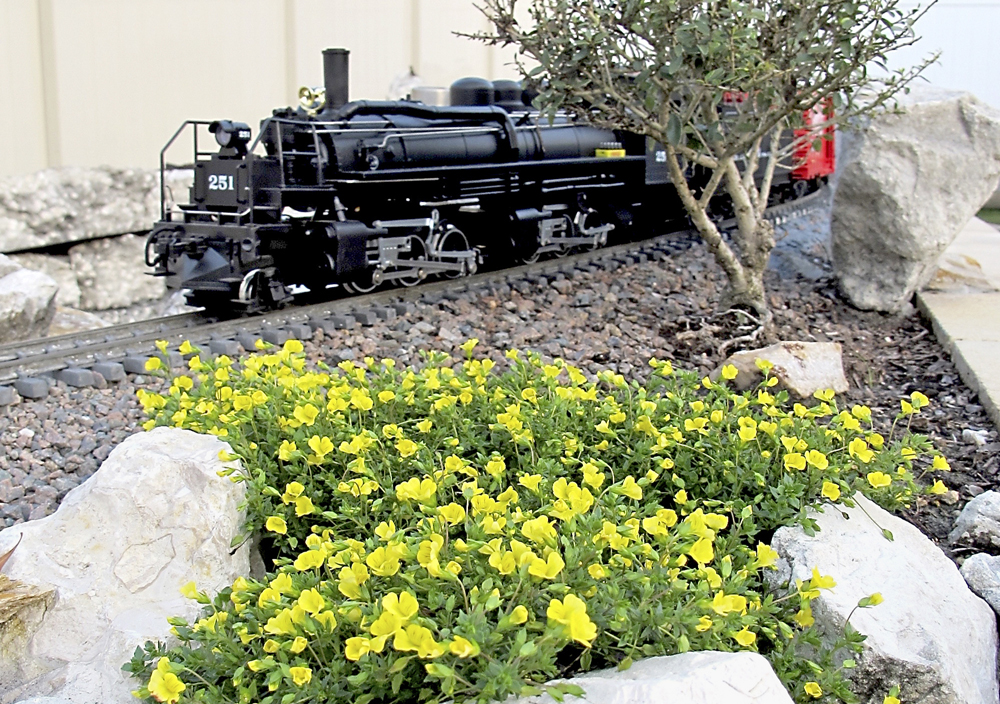
Common name: Axilflower, Magic Carpet Yellow, Baby Jump Up Latin name: Mecardonia x ‘Magic Carpet Yellow’, M. x ‘Gold Dust’, and M. x ‘Gold Flake’ Plant type: Annual USDA Hardiness Zones: 9-11, or grown as an annual Cultural needs: Moist, well drained, neutral or slightly acidic soil; full sun Plant size: 4″ high x 6-12″ […]
Read More…

Common name: Coral bark Japanese maple Latin name: Acer palmatum ‘Sango kaku’ (syn. A.p. ‘Senkaki’) Plant size: 15-20′ high by 15-20′ wide, unpruned USDA Hardiness Zones: 4-9 Plant type: shrubs and small trees Cultural needs: Moist, well drained, neutral or slightly acidic soil; full sun to part shade One of the most popular, semi-dwarf Japanese […]
Read More…
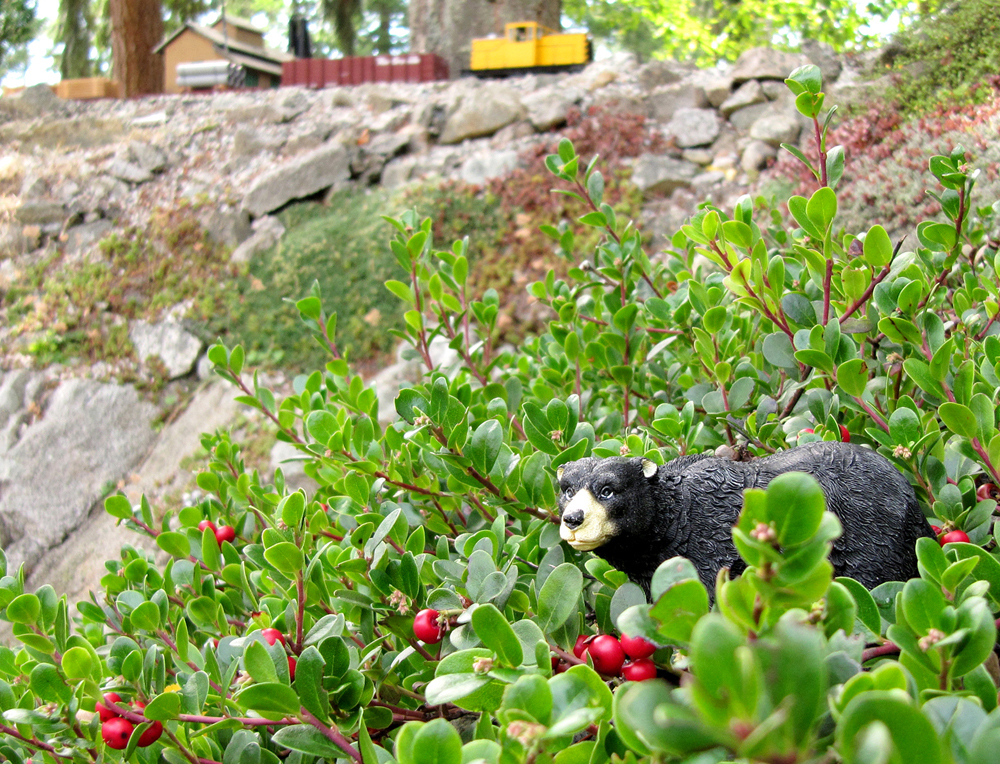
Common name: Bearberry, kinnikinnick Latin name: Arctostaphylos uva-ursi Plant type: Groundcover Plant size: 6″ high spreading to 3′ or more USDA Hardiness Zones: 2-7 Cultural needs: Moist, well drained, acidic soil; part shade or full sun Common bearberry is native to the US and Canada (as well as other continents) and is found in damp, […]
Read More…
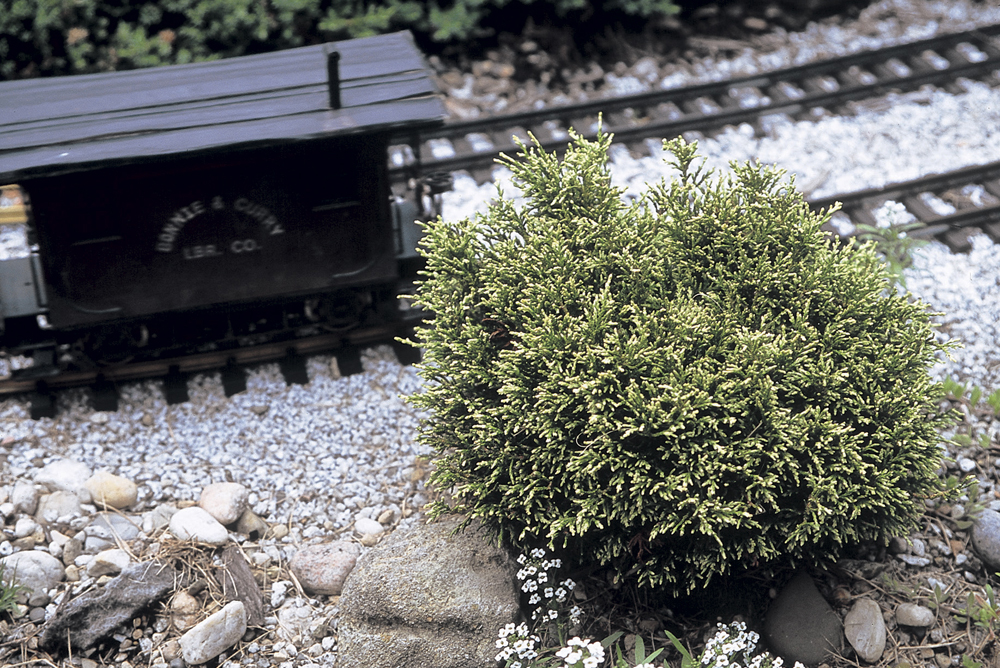
White Pygmy cypress Latin name: Chamaecyparis pisifera ‘White Pygmy’ Common name: White Pygmy cypress Plant type: Dwarf conifer Growth rate: 12″ x 14″ wide USDA Hardiness Zones: 5-8 Cultural needs: Sun to part shade, rich soil, moderate water White Pygmy is one of the smallest dwarf conifers available, usually growing only to a foot tall […]
Read More…
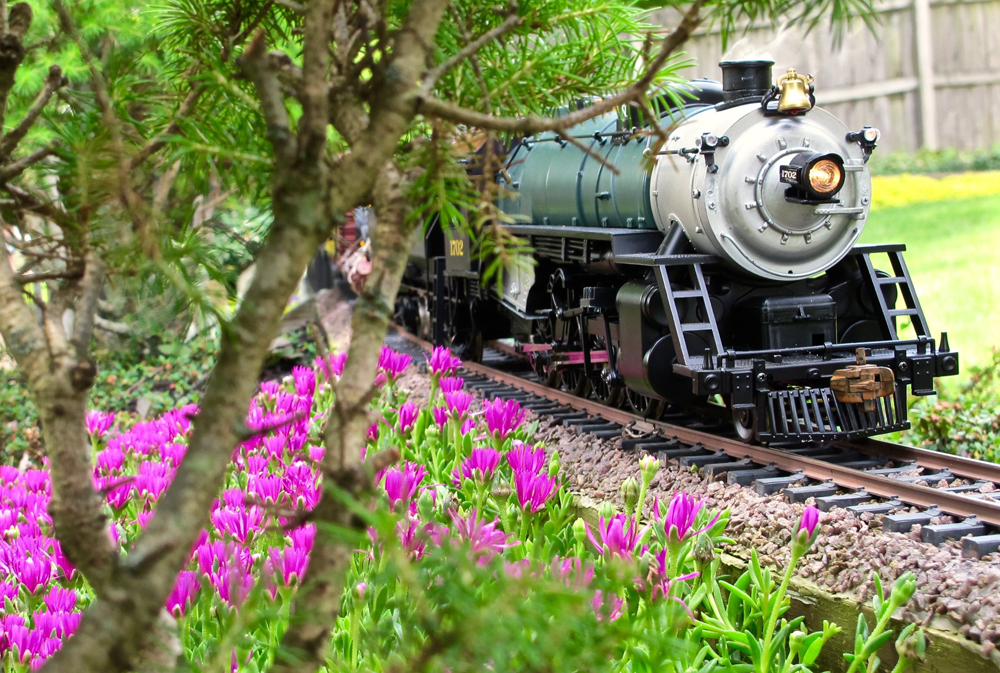
Trailing ice plant Common name:
Trailing ice plant, Cooper’s ice plant Latin name:
Delosperma cooperi USDA Hardiness Zones: 6 to 9 Cultural needs: Well-drained soil, sun or part shade Plant size: 3-inches high by 3-feet wide Sometimes called hardy ice plant or purple ice plant, this low succulent is not to be confused with the […]
Read More…
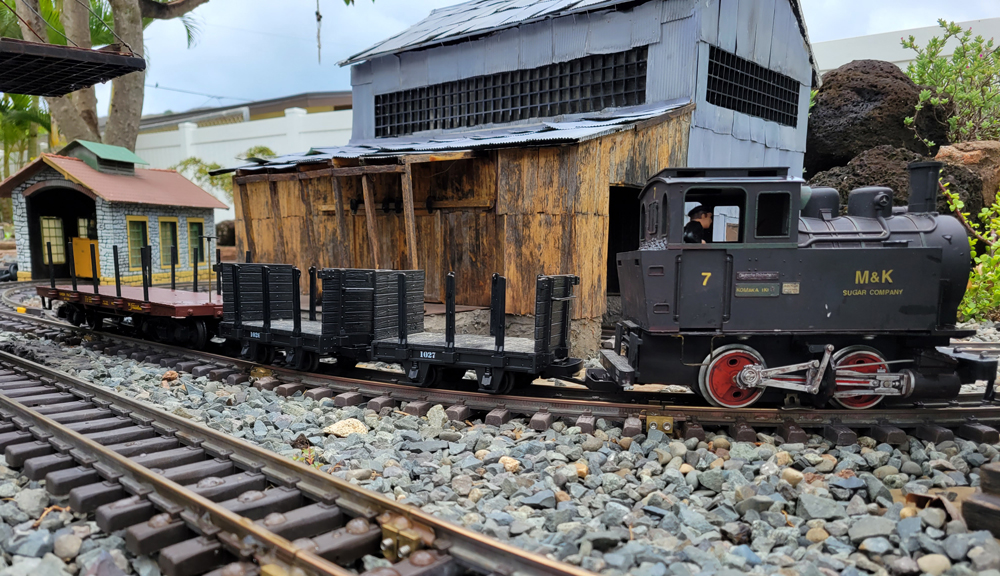
Garden railroading in Hawaii: In late 2013, my wife set in motion a scheme that eventually became the Oberammergau, Ogden & Olomana Railroad – the Triple O. A few books, a GR subscription, and a year of study later, and we broke ground on what has become a family project to bring a stylized piece […]
Read More…
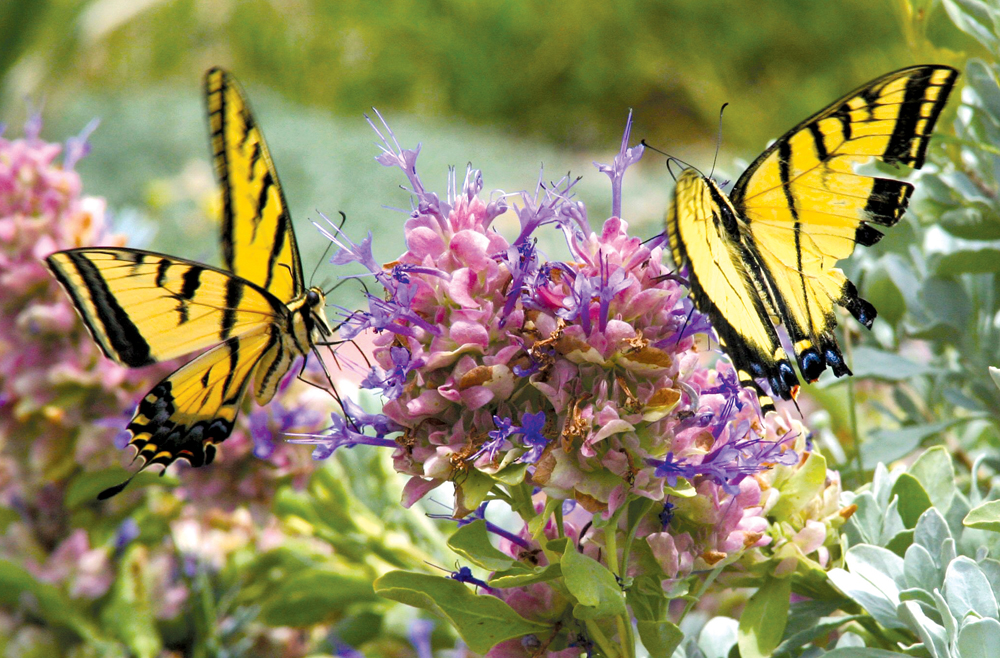
The most important secret to repel bugs and insects from the garden is to grow the healthiest plants possible. Most pests tend to attack plants that are stressed in some way, so by keeping your garden stress free, you may avoid the pest issue altogether. Proper soil preparation, good watering techniques, and spring cleaning are […]
Read More…
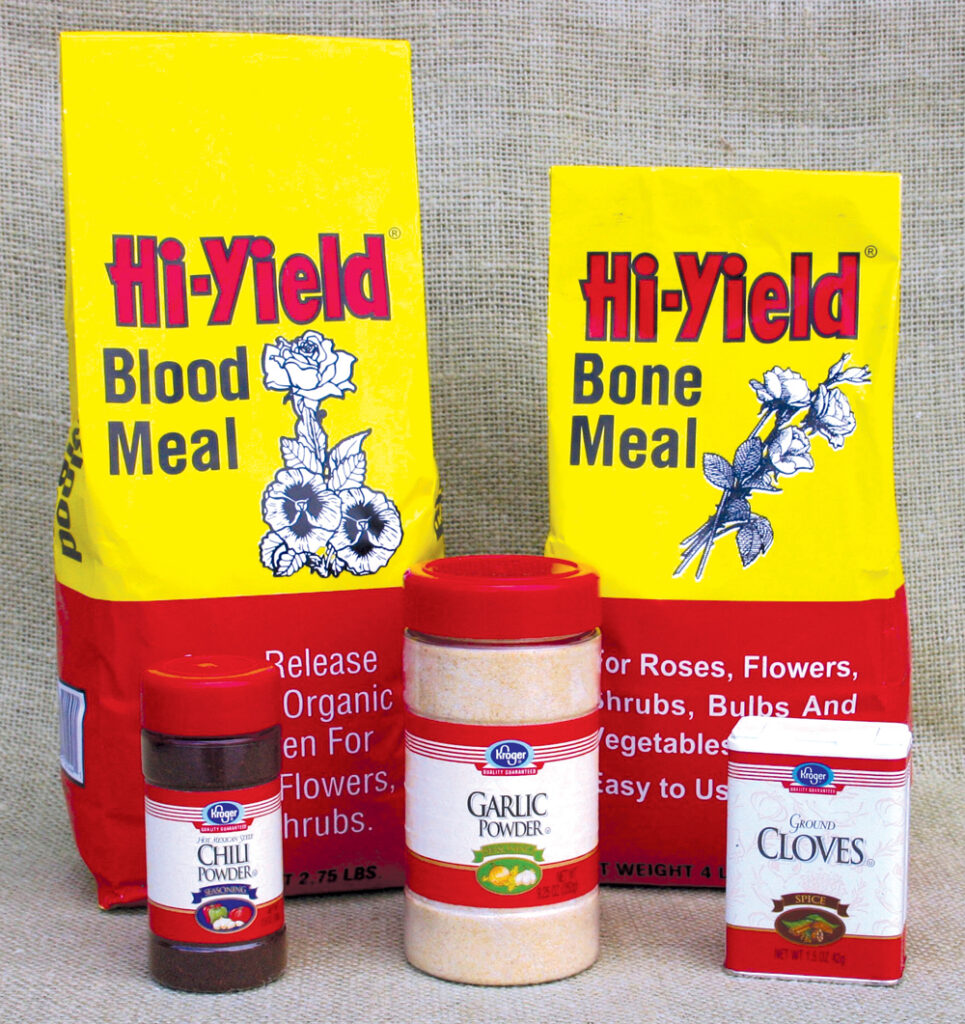
There are as many suggested ways to repel deer and rabbits as there are baby bunnies in my neighborhood. Physical barriers (fences) are probably the only sure-fire way to keep critters out of your railroad, but are expensive, often impractical, and usually unsightly. Next in order of effectiveness is to use plants that are less […]
Read More…

Top Point white cedar tree Common name: Top Point white cedar Latin name: Chamaecyparis thyoides ‘Top Point’ Plant type: dwarf conifer Plant size: 4-5′ at maturity USDA Hardiness Zones: 3-9 Cultural needs: Moist or average, slightly acidic soil; full sun Classics among railway forest trees are the many, dwarf varieties of Chamaecyparis thyoides, the native […]
Read More…
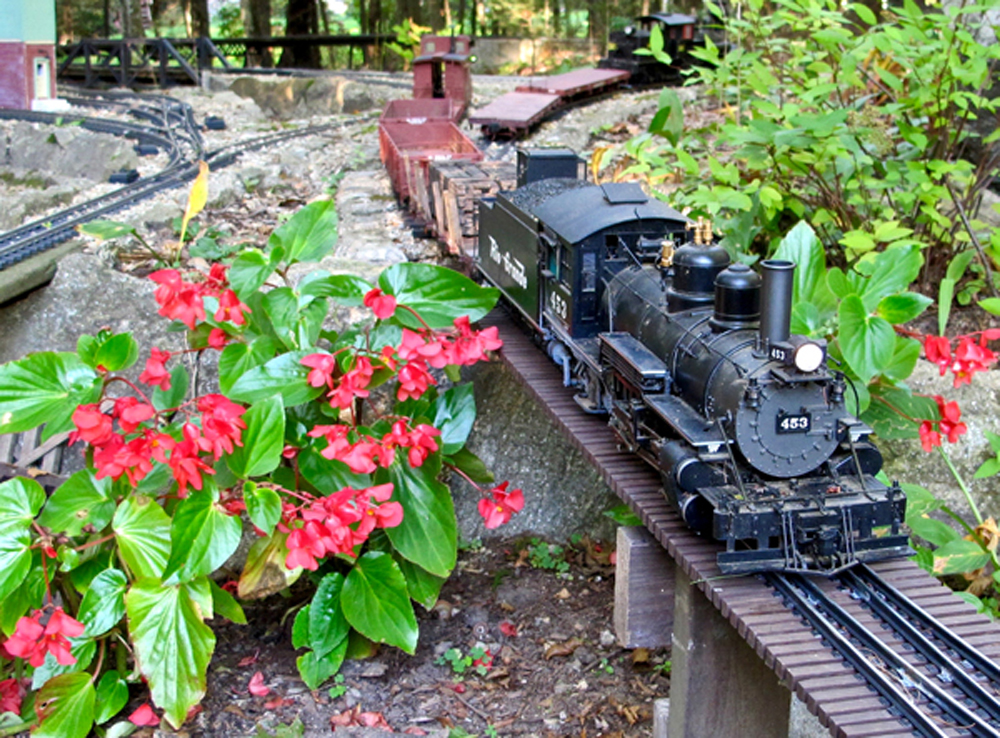
Common name: Begonia Latin name: Begonia sp. Plant type: Annual USDA Hardiness Zones: 10-11; grown as an annual in lower zones Cultural needs: moist, well drained, neutral or slightly acidic soil; part shade Plant size: 18″ x 18″ Most begonias are true perennials, living on for years as houseplants or in tropical gardens. Usually we […]
Read More…
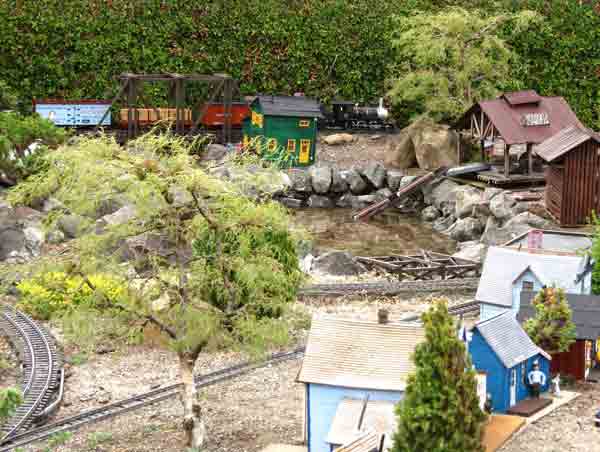
Common name: Trost’s Dwarf cutleaf birch, Dwarf European birch Latin name: Betula pendula ‘Trost’s Dwarf’, synonym: Betula platyphylla Plant type: Shrubs & small trees Plant size: 3-4′ high by 3′ wide before pruning USDA Hardiness Zones: 3-9 (10, given moisture) Cultural needs: Sun; moist, drained, slightly acidic One day a horticulturist noticed a finely divided […]
Read More…












